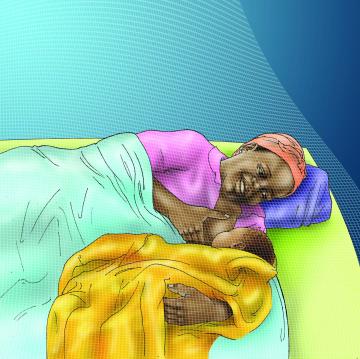Nigeria (SPRING | 2015)

Key Messages
Included Images

|
|

|
Time of Day - Night time - 04 - Nigeria by SPRING |

|
|

|


